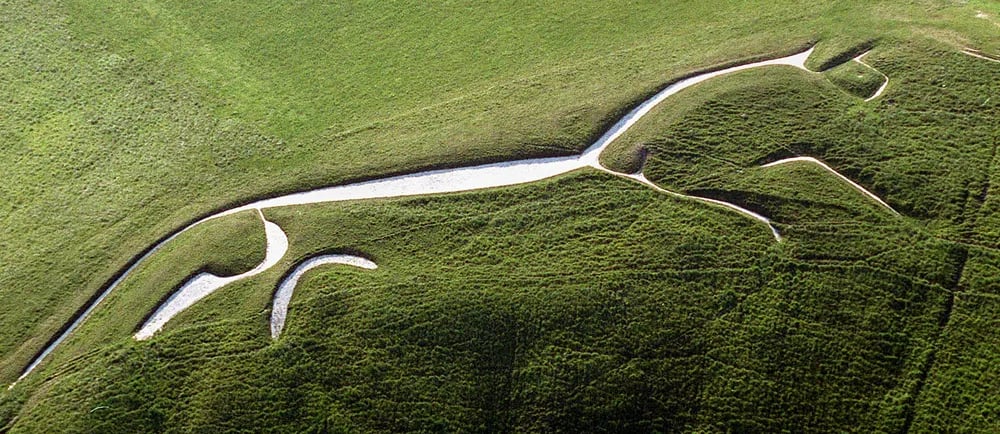The Ancient Heritage of the White Horse of Uffington


Introduction to the White Horse of Uffington
In the picturesque hills of Oxfordshire lies the majestic White Horse of Uffington, a remarkable figure that has stood the test of time for over 3,000 years. This iconic landmark, carved into the chalk hills, is not merely a piece of art; it is a structure steeped in history and folklore. The creation of the White Horse is a testament to the ancient techniques of chalk rubble design and the cultural significance it held for generations.
The Historical Significance of the White Horse
The White Horse of Uffington is believed to date back to the late Bronze Age, making it one of the oldest known hill figures in England. It is carved in the shape of a horse and measures approximately 110 meters long, a colossal representation that gazes over the rolling hills of the Oxfordshire landscape. Many historians suggest that it may have been created as a tribal emblem or religious symbol, asserting territorial claims or performing ceremonial functions. Despite its age, the sense of mystery surrounding its origin has captured the imaginations of many.
Preservation and Modern-Day Importance
Today, the White Horse continues to draw visitors from around the world, fascinated by its intriguing past and stunning location. Conservation efforts have been initiated to preserve this ancient monument, ensuring that it remains intact for future generations to appreciate. The surrounding area has been designated as an Area of Outstanding Natural Beauty (AONB), further highlighting the importance of the landscape that frames the Uffington horse.
Moreover, the White Horse serves as a focal point for various cultural events and activities. The nearby village of Uffington celebrates the landmark with local festivals, educational programs, and guided tours aimed at promoting awareness of the region's heritage. Such initiatives not only celebrate the uniqueness of the White Horse but also foster a sense of community and connection among residents and visitors alike.
In conclusion, the White Horse of Uffington is more than just a chalk figure etched in the landscape; it embodies the rich history and culture of Oxfordshire. Its ancient presence is a captivating reminder of human creativity and social expression throughout the ages, inviting exploration and admiration for generations to come.
